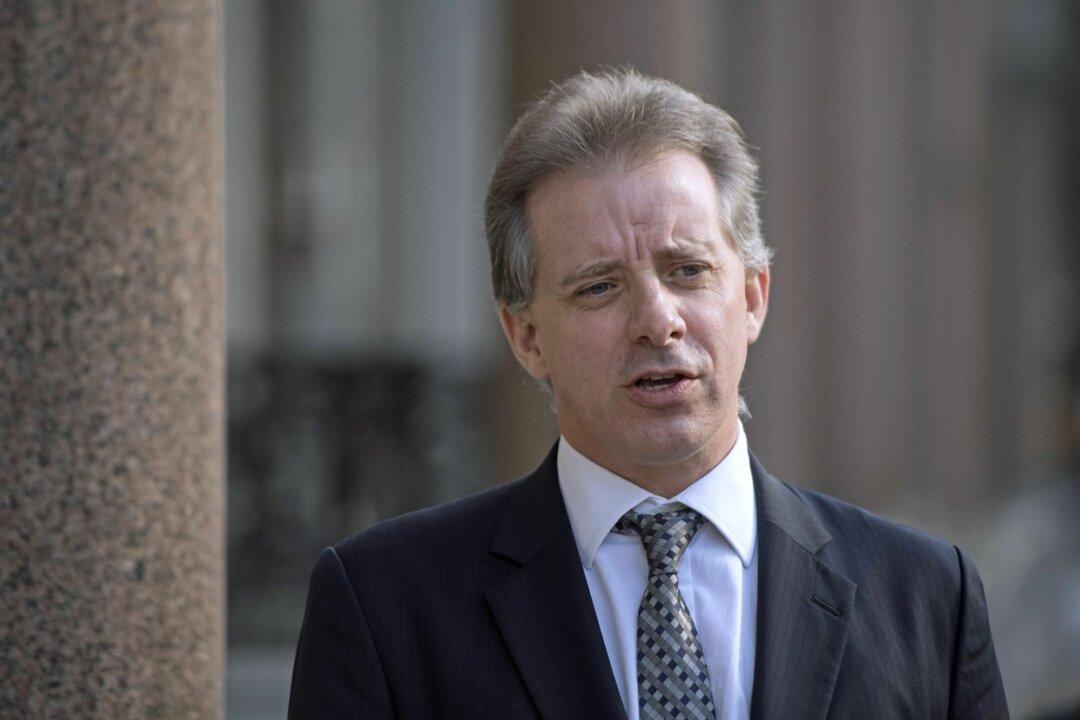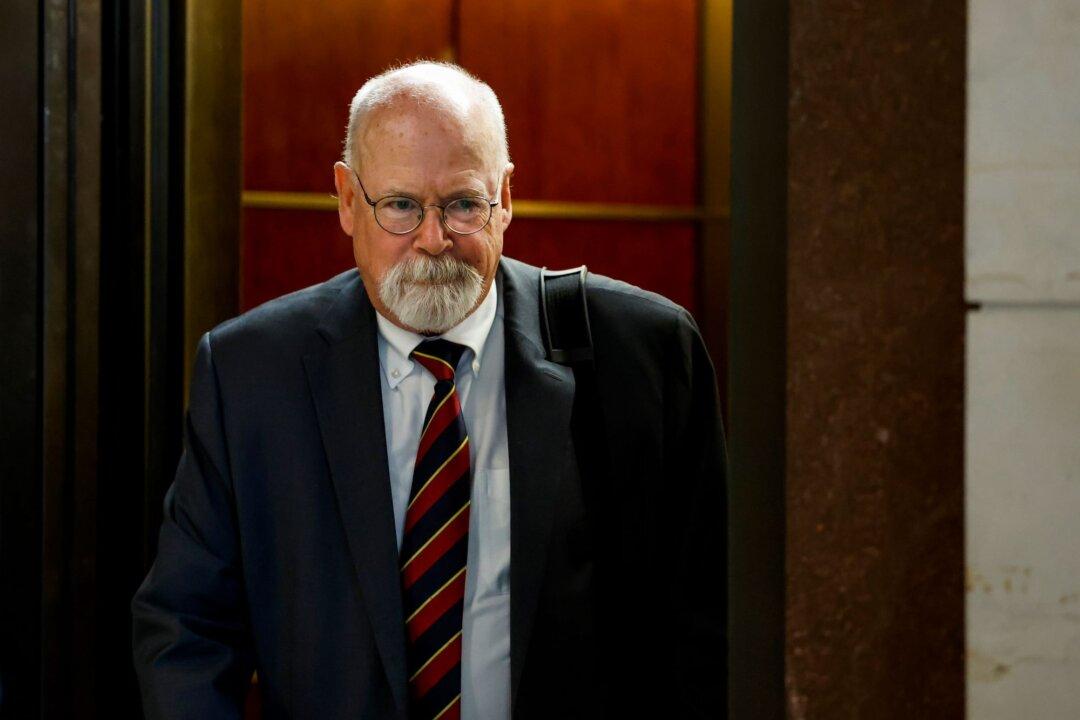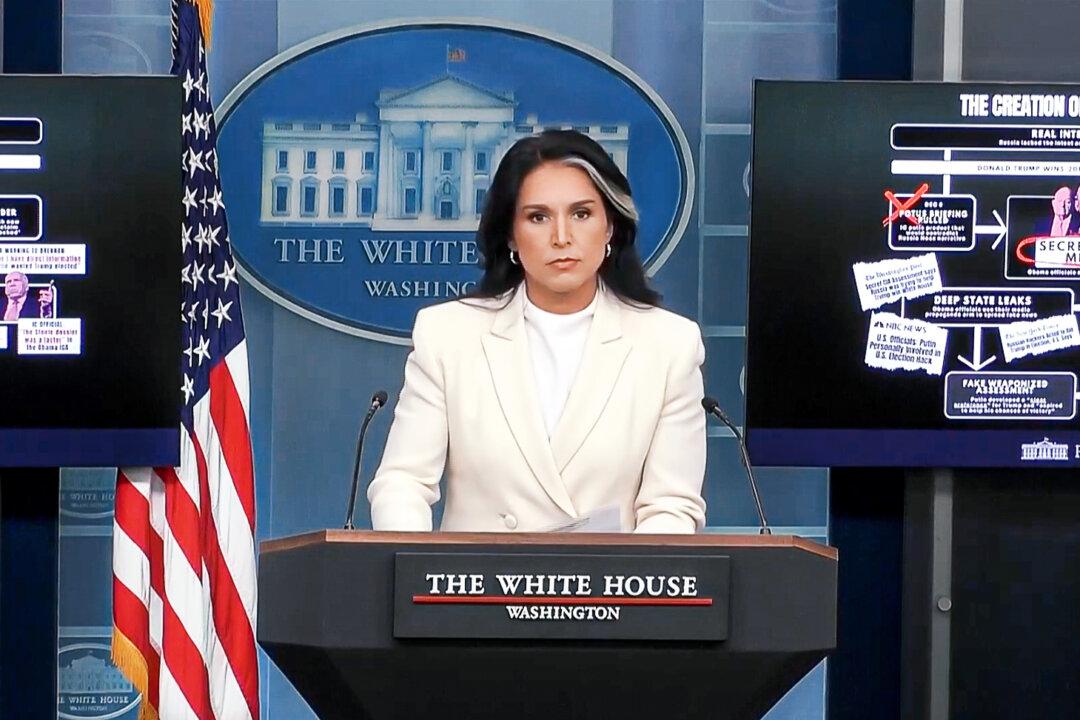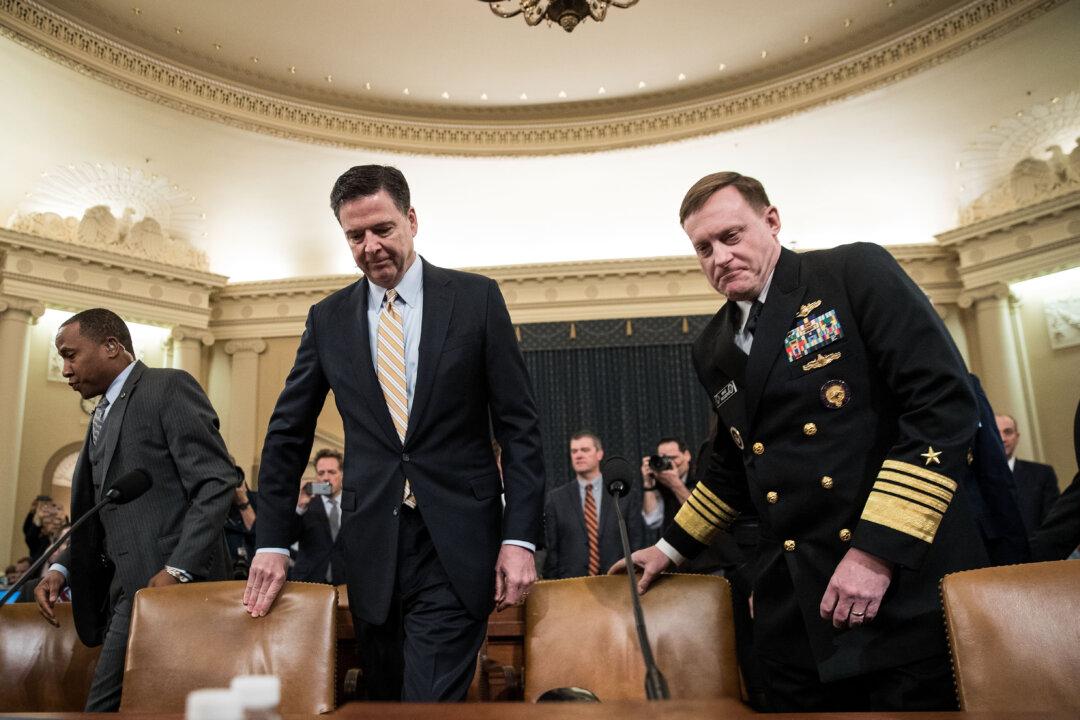The Senate Judiciary Committee on July 17 released a partly-classified FBI memo summarizing the bureau’s interview with the key source for the dossier compiled by former British intelligence officer Christopher Steele.
The contents of the newly released record further undermine the credibility of Steele’s infamous dossier of unverified claims targeting then-presidential candidate Donald Trump and associates of his 2016 campaign.





